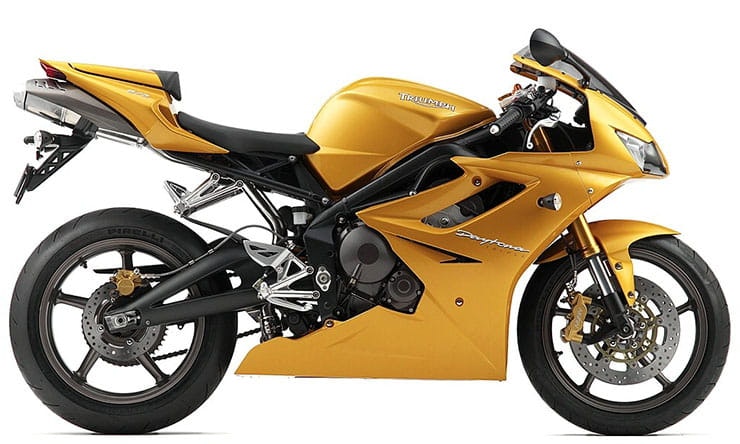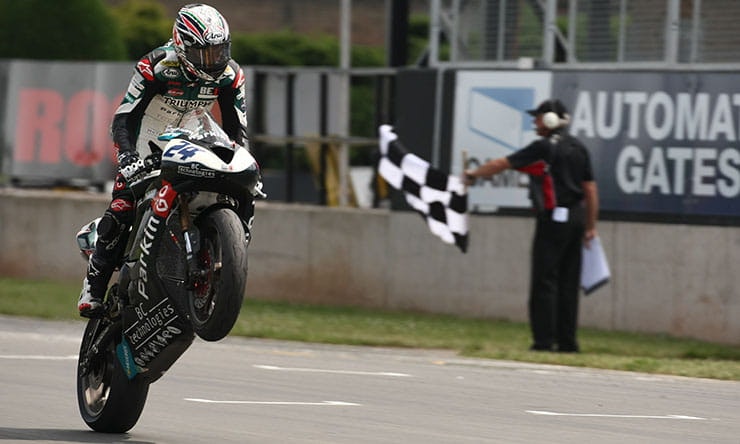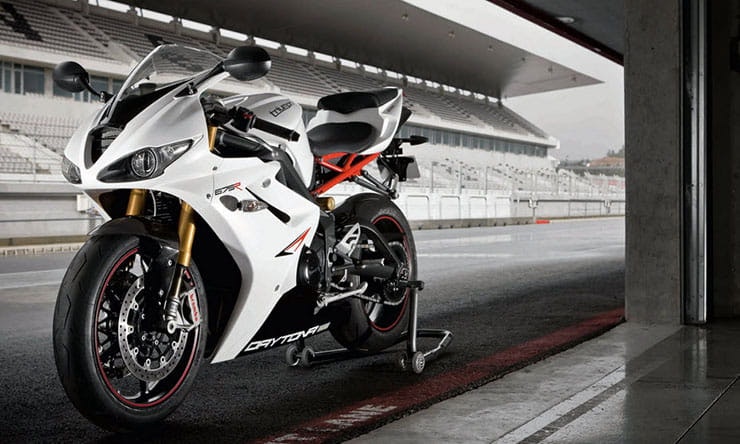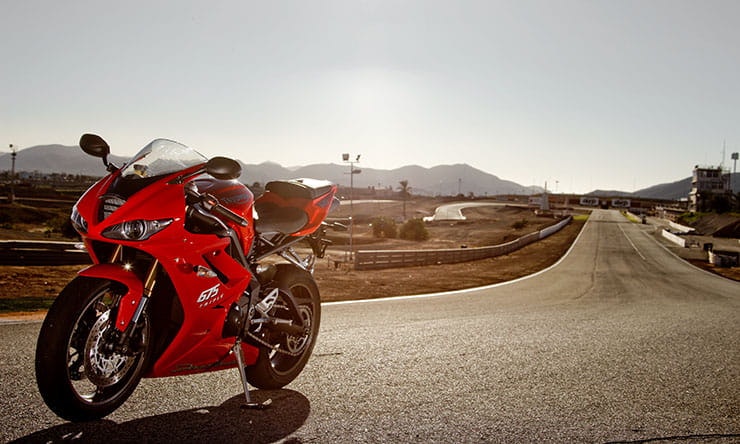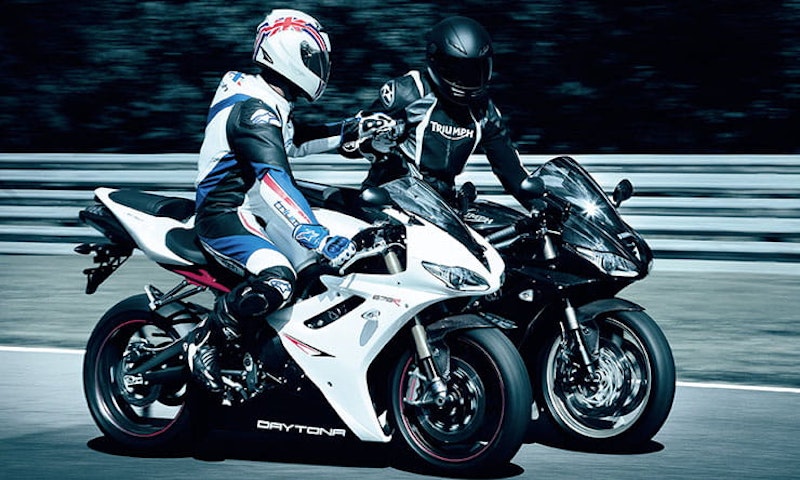With the Daytona 675 looking set to be quietly shuffled out of Triumph's range, a victim of the incoming Euro 4 emissions regulations and falling sales in the supersport sector, Bike Social decided to pay homage to this great British motorcycle.
Introduced in 2006 as a replacement for the four-cylinder Daytona 650, the Daytona 675 Triple (as it was called on its launch) was the first three-cylinder sports bike to enter the highly competitive supersport class, going up against the likes of the Yamaha YZF-R6 and Honda CBR600RR.
For the first time, it gave the British manufacturer a truly class-leading bike, earning rave reviews in the press, winning numerous group tests and scooping the prestigious 'International Bike of the Year' award for 2006. The Daytona 675 has remained a staple in the Triumph range for over a decade, but with the current model unlikely to meet the new Euro 4 regulations without significant investment and the market for middleweight sports bikes at a desperate low, it looks like the end of the road for 'the greatest British sportsbike of all time'.
Here are 10 reasons why we think it was so great...
Share on social media:
